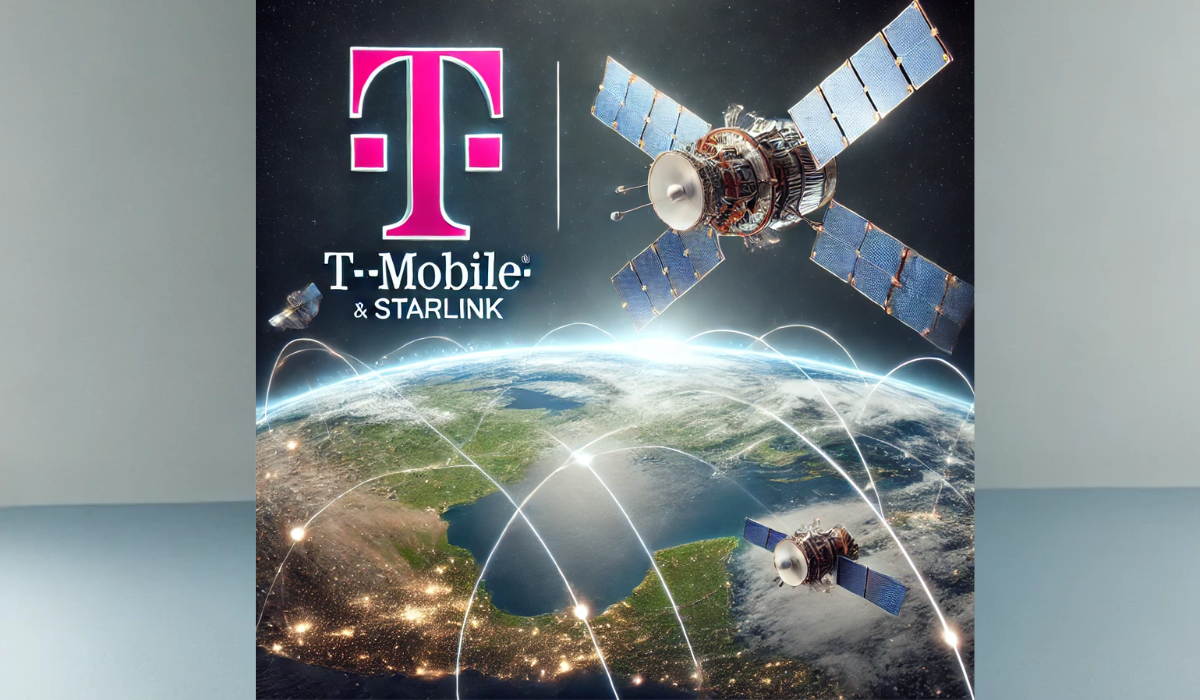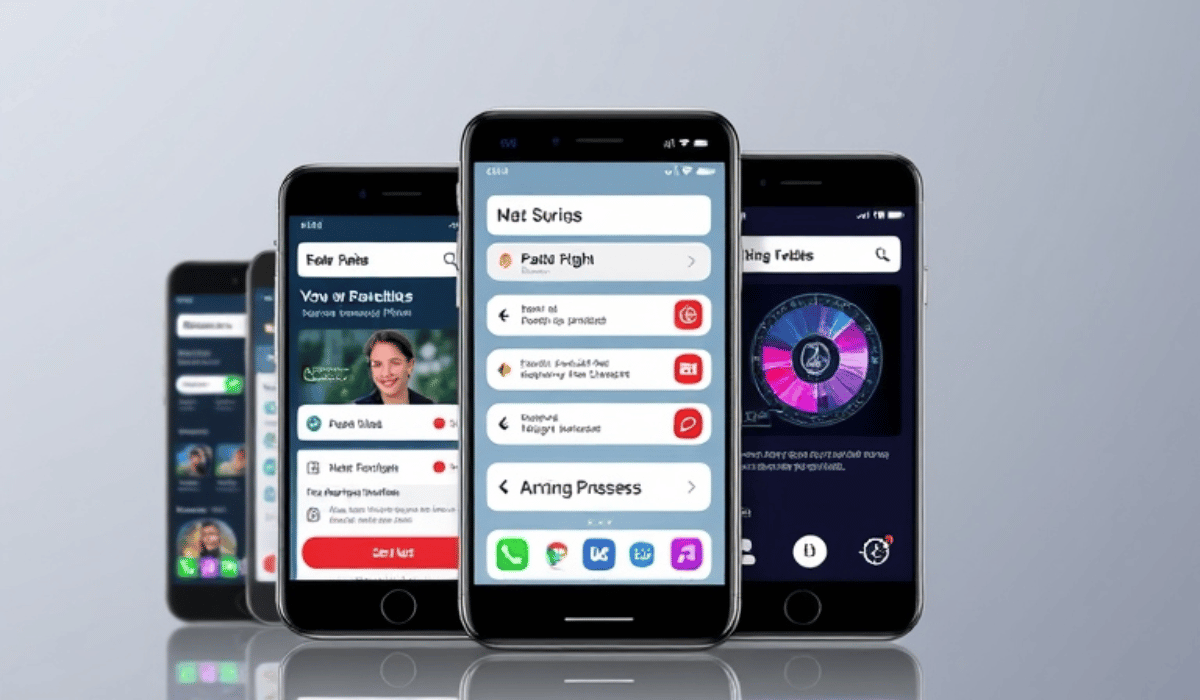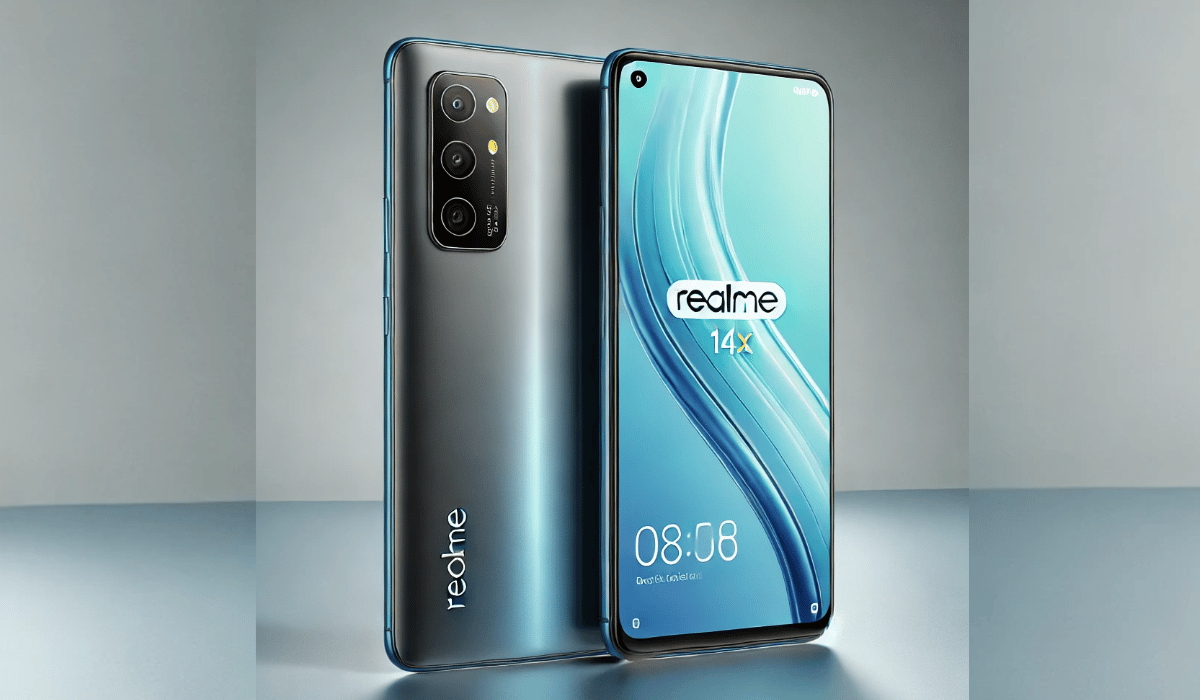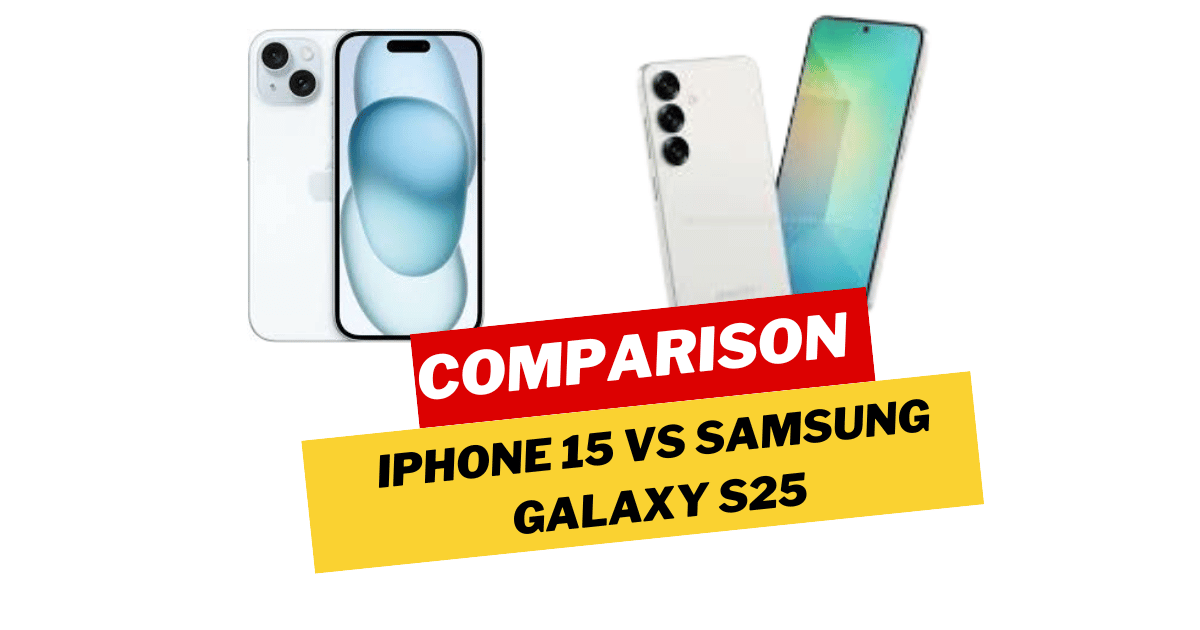Imagine being able to send a message from the middle of nowhere—no cell towers, no signal issues. T-Mobile, in collaboration with Starlink, is making this a reality. Their satellite beta test aims to eliminate mobile dead zones using Starlink’s satellite technology, and this breakthrough is just the beginning.
If you’re wondering how this works, what it means for users, and when you’ll get to experience it, we’ve got you covered.
1. What is the T-Mobile Starlink Satellite Beta Test?
This partnership combines T-Mobile’s mobile network with Starlink’s LEO (Low Earth Orbit) satellites to deliver connectivity where it was previously impossible—remote villages, deserts, oceans, or mountains.
What’s unique about this?
- It doesn’t require new phones—your existing 5G device works fine.
- The service starts with text messaging during the beta phase.
- It plans to expand to voice calls and mobile broadband in the future.
This isn’t just a tech upgrade; it’s a game-changer for people who rely on communication in isolated areas.
2. How Does It Work?
Let’s break it down:
- Starlink’s Satellites orbit in low-Earth orbit, about 550 km above the ground, allowing faster and more reliable signals compared to traditional satellites.
- T-Mobile’s mid-band spectrum acts as the bridge between the satellite signal and your mobile device.
- Your Phone: Any 5G-capable smartphone will automatically connect—no extra hardware required.
This seamless setup means better connectivity in places where cell towers are impractical.
3. Why Is This a Big Deal?
For years, mobile networks have struggled with dead zones—areas with no signal. This partnership solves that issue.
Key Benefits for Users:
- No Signal Problems: Stay connected even in remote or rural locations.
- Emergency Services: Reach out for help when stranded or in disasters.
- Affordable Innovation: Works with existing devices—no need for costly satellite phones.
T-Mobile CEO Mike Sievert described it as a “lifesaver for mobile communication.” And he’s right—this technology can change how we connect.
4. What’s Happening in the Beta Phase?
The beta testing is being rolled out in phases, with a focus on text messaging for now. Voice and data will follow.
Here’s the timeline:
- Phase 1 (Ongoing): Text messaging over Starlink satellites.
- Phase 2 (2024): Adding support for voice calling.
- Phase 3 (2025): Launching full-scale data services.
Selected T-Mobile users are already testing the waters, giving feedback to improve the service.
5. Who Else Is Competing?
T-Mobile and Starlink might be ahead, but competitors like Verizon and AT&T are not far behind. However, Starlink’s extensive satellite network gives T-Mobile a significant edge.
With over 4,500 satellites already in orbit (and growing), Starlink is paving the way for global connectivity.
6. The Future of Mobile Connectivity
This partnership is more than just fixing dead zones. It opens doors for exciting possibilities:
- Global Travel: Stay connected on planes, ships, and remote adventures.
- Disaster Relief: Provide emergency communications in hard-hit areas.
- IoT Devices: Enable satellite connectivity for connected devices worldwide.
As Starlink expands its satellite fleet and T-Mobile fine-tunes its network, mobile connectivity will soon have no limits.
Conclusion
T-Mobile and Starlink’s satellite beta test isn’t just hype—it’s a bold move toward a connected world. Whether you’re in the mountains, at sea, or in a remote village, staying in touch will soon be easier than ever.
As this technology rolls out, it promises to reshape mobile communication forever. Watch this space for more updates because the future is closer than you think!








